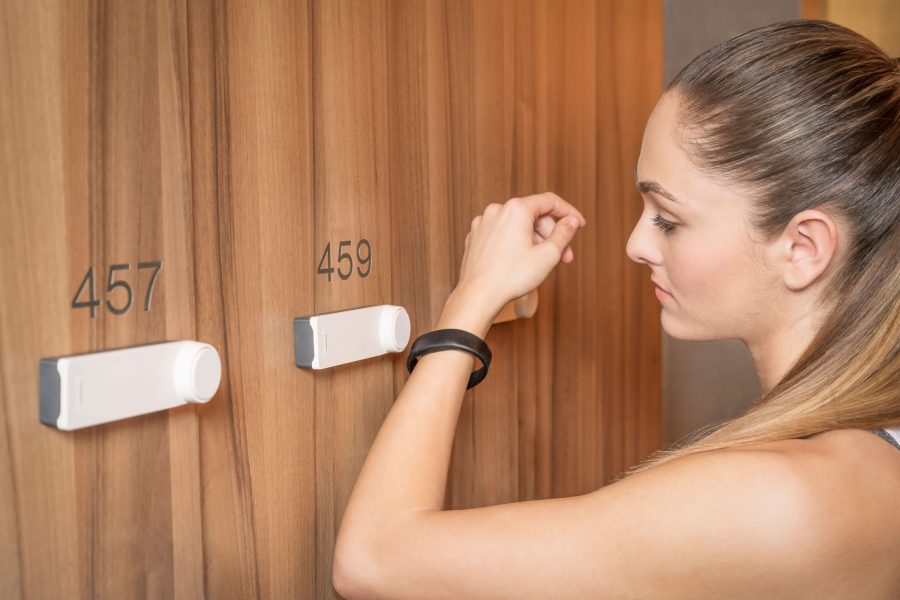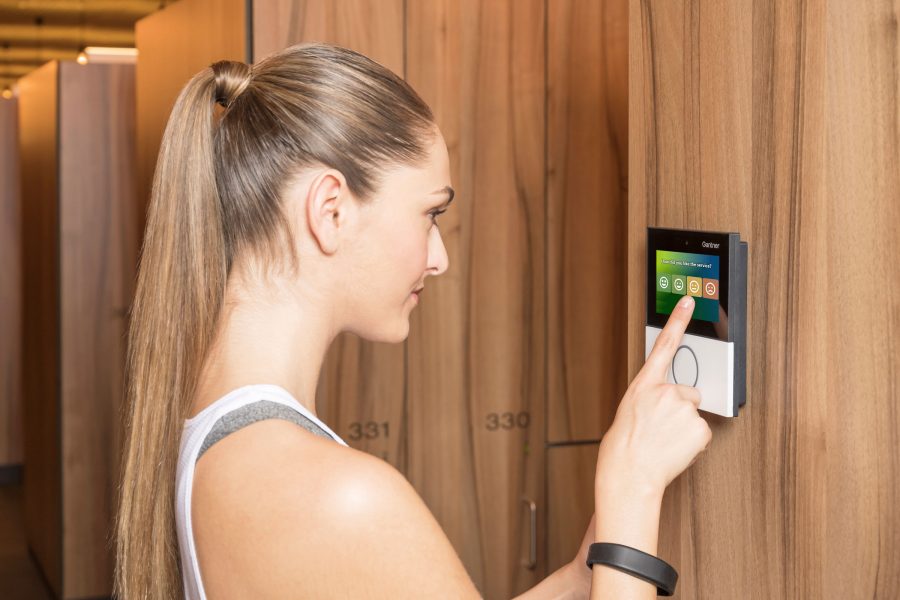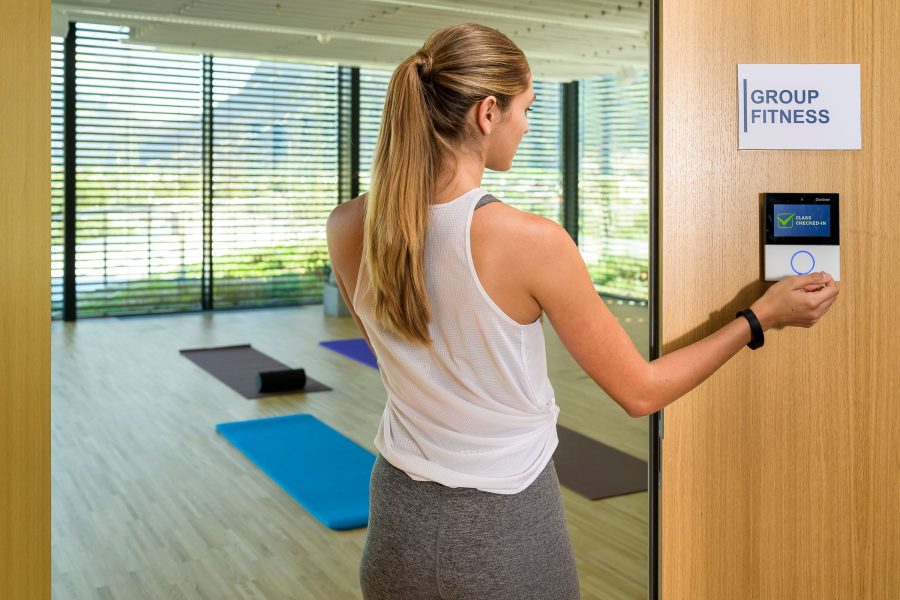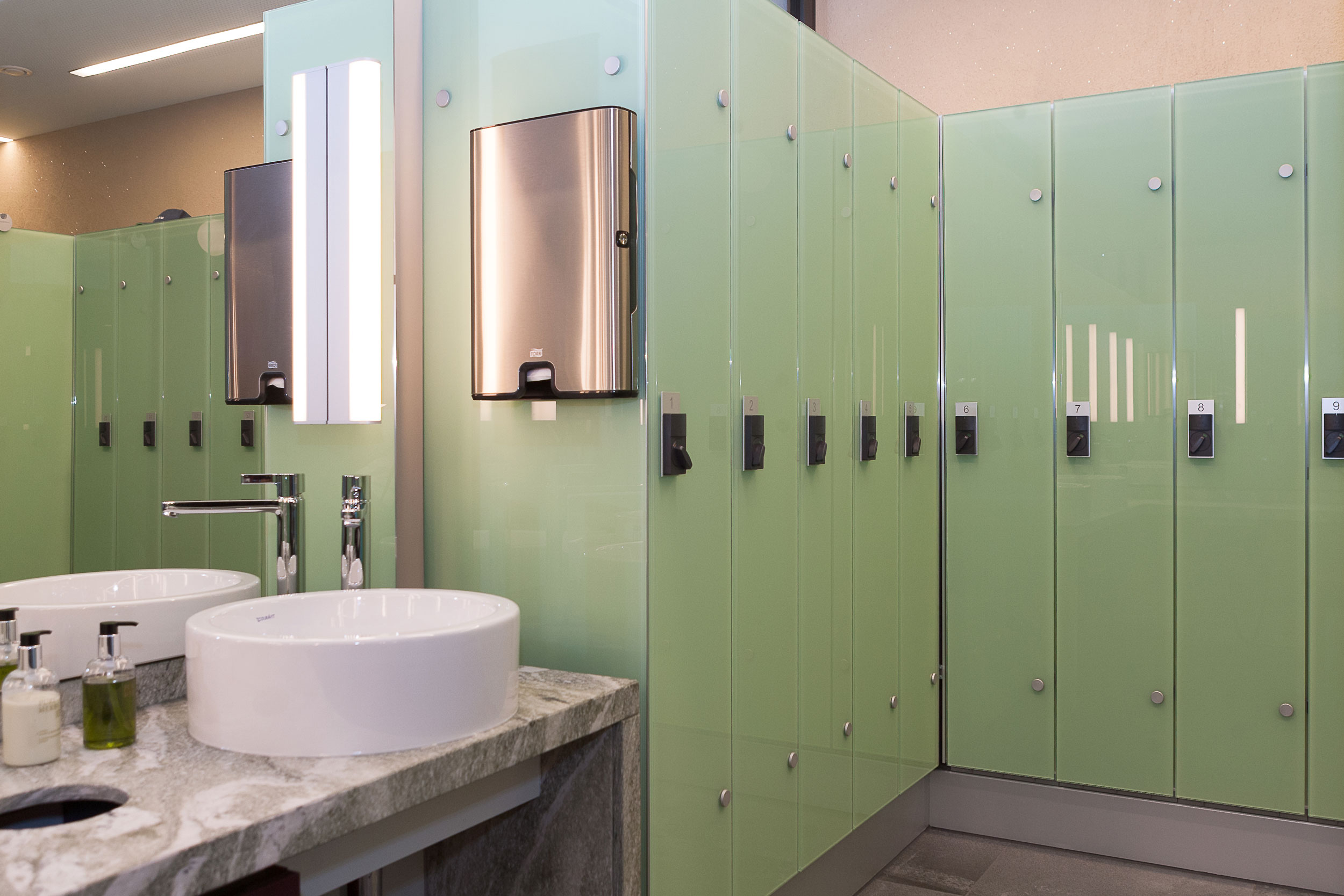Story at a glance:
- Salto and Gantner, both part of the SALTO WECOSYSTEM, offer integrated access solutions that deliver a seamless guest journey from entry to checkout in luxury wellness environments.
- Brands like Bota Bota and Trybe are embracing frictionless, tech-enabled experiences tailored to holistic spa design.
- Sustainable manufacturing, supply chain efficiency, battery life optimization, and modular design reinforce Salto’s commitment to eco-conscious innovation.
For high-end spas and wellness retreats, luxury is no longer just a matter of aesthetics—it’s an orchestrated, tech-enabled experience that begins before a guest even sets foot inside. Increasingly that experience is powered by integrated access systems that anticipate, simplify, and elevate every interaction. Salto, a global leader in access control and identity management, is helping design-forward spas turn operational touchpoints into meaningful extensions of brand and service.
Bota Bota, the floating spa anchored on the Saint Lawrence River in Montreal, is one such example. Already a Gantner client for its RFID-powered locker locks, the spa engaged Gantner’s sister company, access control leader Salto, when it began a renovation and expansion of its facilities. Working closely with the Bota Bota team, Salto helped implement an ecosystem that streamlines every phase of the guest journey.
“We collaborated with Bota Bota to enhance the experience from check-in to point-of-sale to checkout—all through a single credential,” says Brandon Perkins, vertical business development leader for fitness, spa, and leisure at Salto.
“That wristband becomes the guest’s key to everything: entry, lockers, services, and even purchases at the café or retail area.”
Design for Wellness & Security

Photo courtesy of Salto
Unlike traditional hospitality environments where access control often begins and ends with a hotel room key card, spas demand a more nuanced approach. The wellness journey is less about transactional moments and more about immersive, uninterrupted flow. That distinction reshapes how access is conceptualized.
In Bota Bota’s case, when guests check in they are issued a wristband that integrates with the spa’s member management software. The system syncs guest profiles, manages locker access, and facilitates purchases without requiring phones or wallets—a crucial feature in water-heavy, phone-free environments.
The same principles are applied at Bathhouse, a modern rest and relaxation destination in New York with thermal pools, saunas, steam rooms, and hammams, where Salto helped develop a guest flow strategy that supports occupancy tracking and staffing needs. The hardware was carefully selected to match Bathhouse’s sleek interior design, and the system provides real-time data to optimize service delivery.
“It’s about helping operators execute their vision while giving guests an experience that feels entirely intuitive,” Perkins says.
Seamless & Sustainable

Photo courtesy of Salto
Beyond user experience, Salto’s value proposition extends to sustainability—a priority for many spa operators focused on eco-luxury. The company manufactures a majority of its access control hardware in a zero-carbon facility in Spain, sourcing most materials locally and minimizing its logistics footprint. The XS4 line of locks also has an Environmental Product Declaration, offering transparency about its life cycle impact.
Battery longevity is another differentiator. A single lithium battery in Salto’s locker locks can last up to 10 years, compared to competitors’ that require replacements every few months. “That’s a big competitive advantage,” Perkins says. “We talk about how often you’re changing batteries, and when they hear 10 years, they’re all in. That level of efficiency doesn’t just improve operations; it supports a lower environmental footprint.”
Shaping the Experience from the Start

Photo courtesy of Salto
Salto and Gantner’s engagements with spa clients typically begin long before hardware is installed. Perkins and his team often consult directly with architects, designers, and spa consultants to understand the unique flow of each project. Whether it’s a retrofit or new construction, the process is guided by one central question: What is the guest journey you’re trying to create?
“Every conversation starts there,” Perkins says. “Once we understand the experience we can design a system that enhances it—from entry gates to locker rooms to POS to exit.”
While the core technology may be modular and scalable, the application is always bespoke. Spa operators choose from a wide variety of lock styles and colors, integration options, and credential formats—from RFID wristbands to app-based mobile access—each tailored to the spa’s physical and brand environment. Sustainable credential materials like bamboo-based cards are also an option, underscoring the company’s commitment to low-impact design.
Looking Ahead

Photo courtesy of Salto
As spas continue to evolve Salto is keeping an eye on what’s next. The company has already introduced facial recognition solutions that prioritize privacy and GDPR compliance, eliminating the need for physical credentials altogether. Salto is exploring ways to reduce reliance on physical credentials, including emerging options for mobile and biometric access.
Ultimately the company sees access not just as a system but as a service. “Access is a foundational building system, like HVAC or electricity,” Perkins says. “In spa environments it’s also a core part of the guest experience. And when done right it disappears into the background, allowing the space and the service to shine.”

